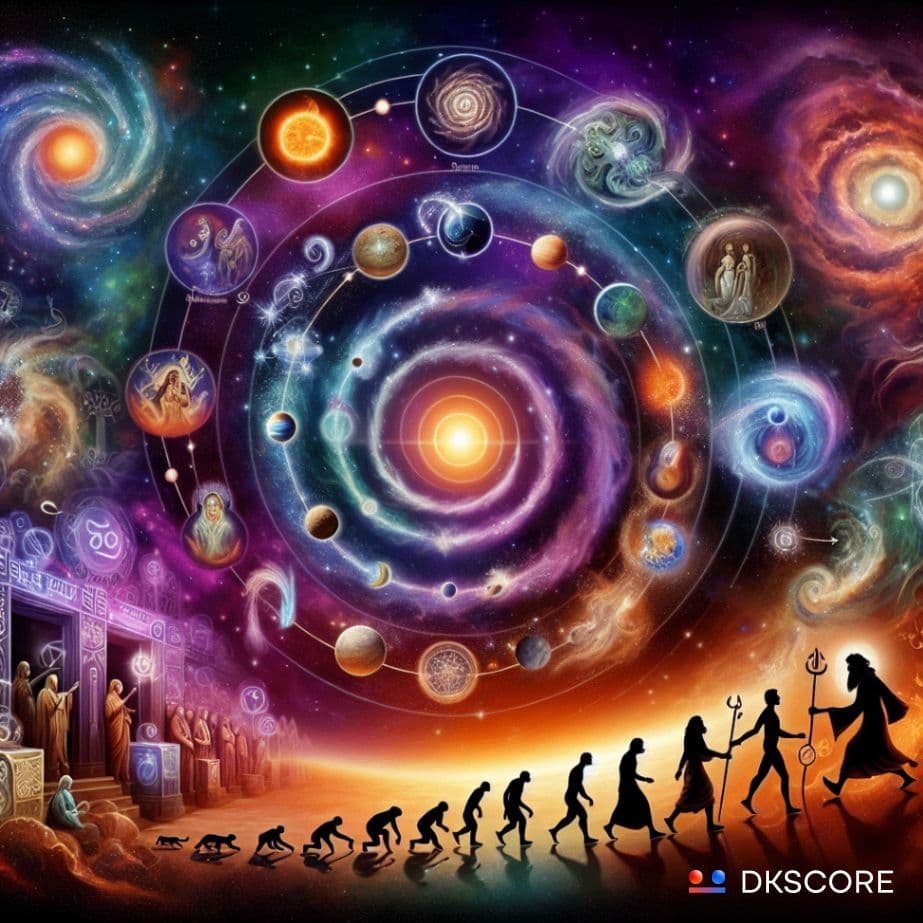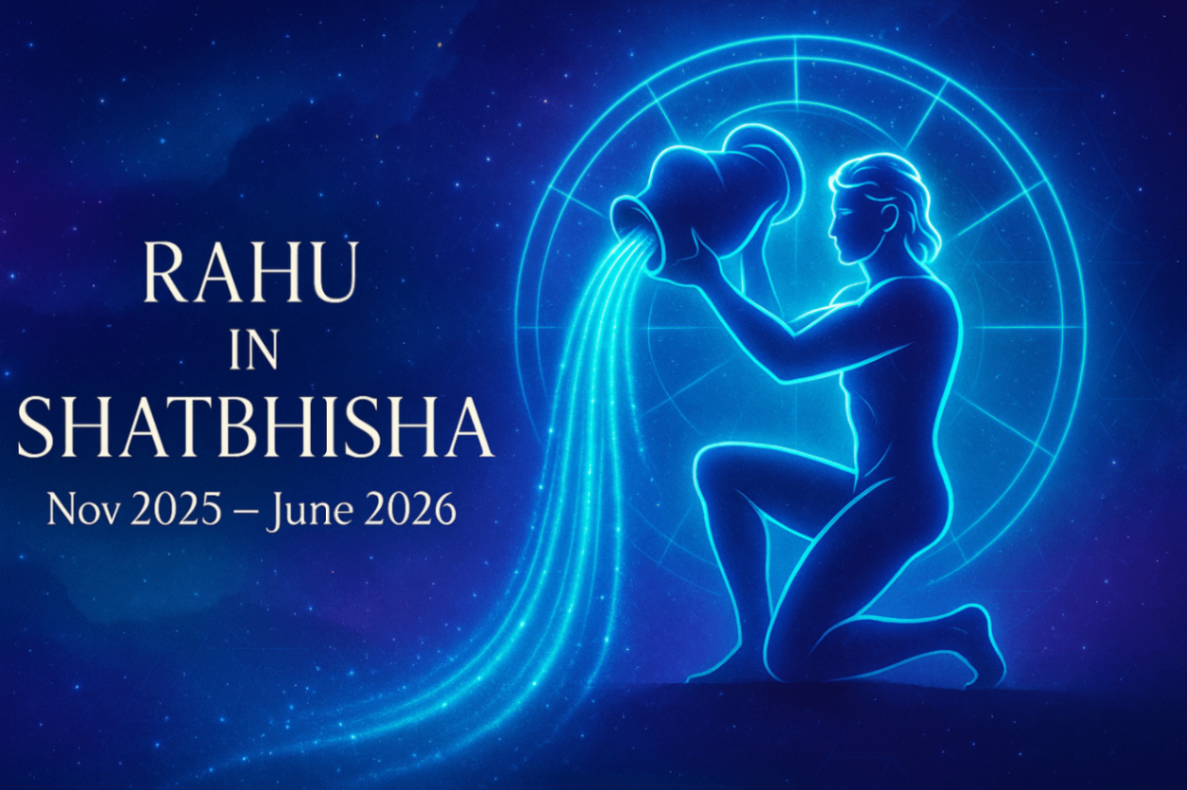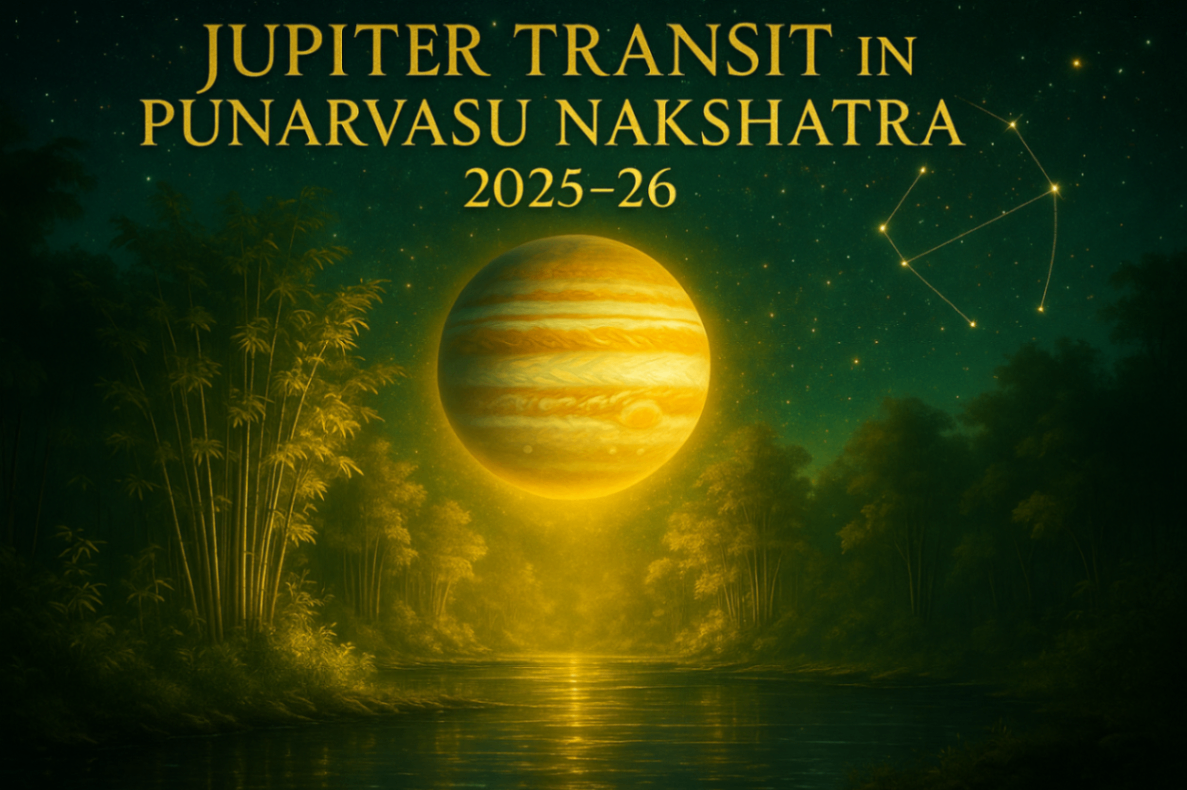Introduction
Astrological transits play a pivotal role in the predictive science of Vedic astrology. They are not just celestial movements but are deeply integrated with the individuals karmic blueprint, influencing life events, psychological states, and personal development.
Transit Techniques and Their Significance
Planetary transits are the movement of planets in the zodiac as viewed from a geocentric perspective. These movements, when they pass over natal positions of planets or significant points in a horoscope, trigger events and changes. Astrologers analyze these transits from the Moon sign (Chandra Lagna) and the Ascendant (Lagna) to predict effects on mental states and physical realities.
Key Planets and Their Transit Impacts
Jupiter: Known as the Guru or teacher in Vedic astrology, Jupiter’s transits are looked upon favorably unless afflicted. It brings expansion, growth, and prosperity. Jupiters aspects (5th and 9th from its position) are considered benevolent and fostering growth.
Saturn: The taskmaster of the zodiac, Saturn’s transits are often feared but are essential for spiritual growth and material consolidation. Its aspects (3rd, 7th, and 10th from its position) bring about challenges that require discipline and perseverance.
Rahu and Ketu: The lunar nodes are pivotal in understanding subconscious impulses and karmic residues. Their transits, especially over key natal planets, trigger significant life changes involving psychological transformations and dealing with past karma.
Understanding Transit Phases
Saturn’s Sade Sati: This is a 7.5-year phase when Saturn transits through the 12th house to the 2nd house from the Moon sign. It is a time of challenges and tests, leading to spiritual growth and maturity.
Jupiter’s Transit Cycle: Lasting about 12 years, Jupiter’s transit across the zodiac brings phases of expansion and learning, touching each area of life as it moves through each house.
Rahu-Ketu’s 18-Year Cycle: The nodes move backward through the zodiac, and their transits mark periods of internal upheaval and external changes, pushing individuals towards their karmic paths.
Practical Examples and Application
Astrological counsel involves advising based on active transits over natal planets. For instance, Jupiter transiting over natal Venus may bring love and harmony in relationships, whereas Saturn over Mars could indicate a time for cautious action.
lets delve deeper into the specific life stages marked by critical planetary returns, integrating mythological narratives, and understanding how these celestial timings correlate with lifes significant turning points.
Age and Transits
Specific ages like 36, 60, and 72 are marked by significant planetary returns and are seen as turning points in an individuals life. These are times when key planets return to their natal positions, reactivating themes from birth and prompting major life reviews and changes.
Expanded Insights on Planetary Returns and Life Phases in Vedic Astrology
Mythological Underpinnings of Planetary Influences
In Vedic mythology, each planet is personified as a deity with specific stories that highlight their characteristics and teachings. For example, Jupiter (Guru or Brihaspati) is the teacher of the gods, embodying wisdom and expansion. Saturn (Shani), son of Surya (the Sun god), epitomizes the harsh realities of life that lead to growth and resilience. These mythological stories are not merely tales but are imbued with deep symbolic meanings that reflect the planets influences on human life.
Critical Planetary Returns and Life Milestones
Jupiter Return Cycle (12, 24, 36, 48, 60, 72, 84 Years):
Jupiter’s Influence: Each return of Jupiter to its natal position (approximately every 12 years) heralds a phase of growth and expansion. Jupiter’s returns often coincide with educational achievements, philosophical maturation, and broadening of horizons.
Age 36 Convergence with Rahu: At 36, a significant age, Jupiter returns alongside Rahu (North Node), leading to a potent combination of expansion (Jupiter) and transformation (Rahu). This age often marks significant life decisions—marriage, career advancements, and long-term investments like buying a house, symbolizing a settling down in various aspects of life.
Saturn Return Cycle (30, 60, 90 Years):
Saturn’s Lessons: Saturn returns to its natal position every approximately 30 years, marking periods of significant personal re-evaluation and maturation. The first Saturn return (around age 30) is often a reality check, leading to more disciplined and focused life decisions.
Age 60 Convergence with Jupiter: The simultaneous return of Saturn and Jupiter at age 60 marks the peak of ones career and public life. It is a period of reaping the rewards of ones long-term efforts, potentially climaxing in significant professional achievements or recognitions.
Age 72 - Jupiter and Rahu Return:
Spiritual Initiation: By age 72, an individual often experiences a strong sense of having fulfilled their worldly duties. This period may witness the commencement of a deeper spiritual journey. The convergence of Jupiter and Rahu can catalyze profound spiritual awakenings, encouraging individuals to seek higher wisdom and to pass on their knowledge to younger generations.
Challenges and Transformations
While these ages can be periods of fulfillment and joy, they can also bring about significant challenges if the natal chart suggests potential upheavals.
Negative planetary aspects can lead to:
Health Issues and Losses at Age 36: If negatively aspected, the energies of Jupiter and Rahu can cause disruptions through health issues or unstable career moves.
Professional or Personal Crises at Age 60: Challenges in career or personal life could emerge, demanding a reassessment of life’s direction.
Spiritual or Existential Crises at Age 72: This can be a period of intense reflection on past choices and their long-term impacts.
Mitigating Challenges Through Remedies
Vedic astrology offers several remedies to mitigate the challenges posed by difficult planetary transits:
Mantras and Pujas specific to each planet can help alleviate the negative effects and enhance the positive influences.
Gemstones and Charities: Wearing specific gemstones or engaging in charity related to the afflicted planet can offer relief and promote healing and balance.
Conclusion
Understanding and predicting through transits requires not just knowledge of astrology but a deep intuition and understanding of life’s cyclic nature. The transit of planets offers a divine tool for understanding the unfolding of life events through time, helping individuals navigate their paths with awareness and preparation.
Understanding the cyclical nature of planetary returns and their profound impact on various life stages provides individuals with insights that can help navigate lifes challenges more effectively. By aligning with these cosmic rhythms, one can harness the energies for personal growth, fulfillment, and spiritual advancement, turning potential adversities into opportunities for profound transformation.






































